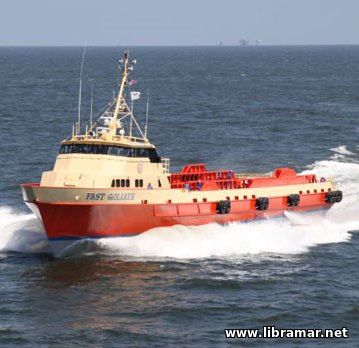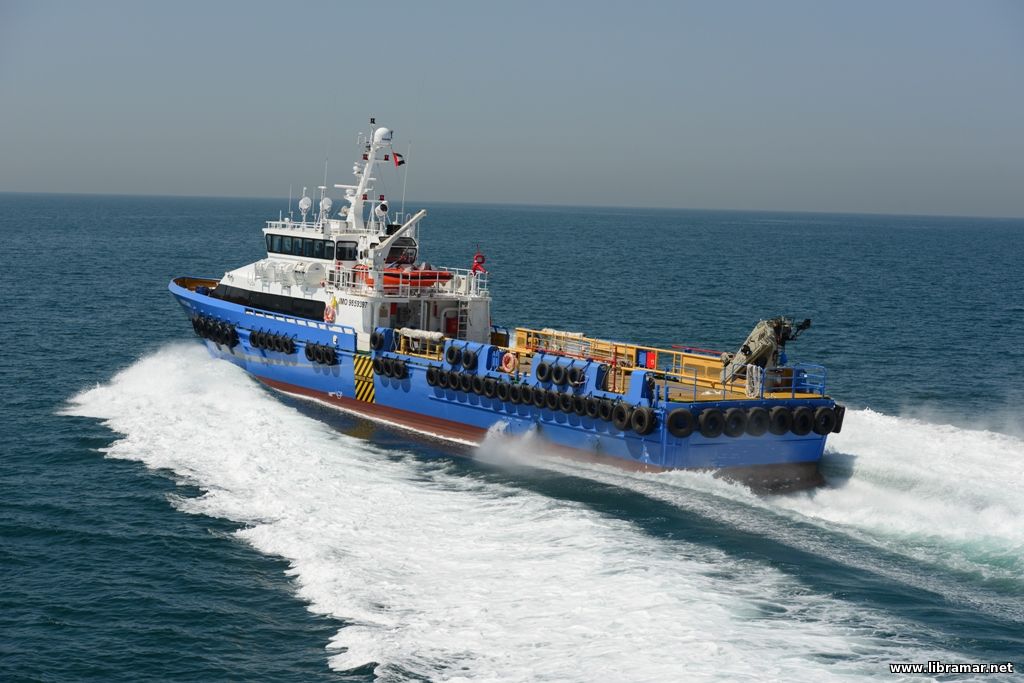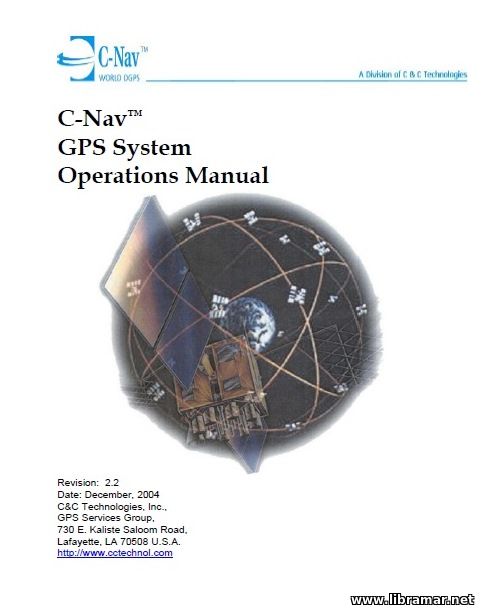Crew Boat Transportation Offshore

The captain of the crew boat is in command of the boat together with all passengers on board, and cargo. It is absolutely imperative to follow all instructions! A boat captain has the right to refuse passage to anyone thought to be under the influence of alcohol or drugs, or anyone who appears to be an unsafe passenger for any reason.
Smoking is not allowed in or around the crew boat. Do not smoke! Note that failure to comply with this rule will inevitably have serious consequences. Passengers must ride inside the boat and not on the deck unless there is an emergency or they are specifically authorized to be there.
The disembarking process is potentially hazardous particularly in high winds or rough seas. Wait for the captain to give clearance to exit. Inspect your lifejacket prior to wearing and make sure that it is securely fastened before coming on deck.
Transfer to the platform will be by several ways. In this articles we will touch two classic ways, namely transfer by personnel basket or by swing rope. The modern means of transfer such as the “frog” and Ampelmann transfer will be dealt with in one of the future articles.
In case of a swing rope the transfer should be at the peak of the vessel’s rise. Face the point where the boat is bumping the platform. Use both hands to hold the rope above a knot. Do not hold the rope between the legs. Do not allow feet or legs to be caught between the boat and the platform. Release the rope for the next person and stand clear. Luggage should be transferred separately in the material basket.
In the transfer is by a personnel basket the transfer, stand in the area designated by the captain. Allow enough room for the basket to swing about. When the basket is lowered from the platform, onto the deck, place luggage and other material in the bottom center of the basket. Step onto the outside rim and hold the basket ropes securely. Keep the knees slightly bent in anticipation of sudden, unexpected moves, particularly in rough seas.
After coming onboard, report immediately to the person in charge of the facility and sign in. you will be assigned a bunk and locker, and a duty station. Information about the rig will be provided: emergency signals, communications, first-aid equipment, reporting injuries, escape routes, smoking regulations, wearing work vests or life jackets, overwater transfers, and fire systems. Procedures for reporting any fuel leakage or escaping oil and gas will be explained.
Specific duties in the event of an emergency, fire, or abandonment will be explained. These emergency procedures are normally posted on station bills that will be located throughout the facility. Please take your time and read them carefully to make sure you are duly prepared to perform them if necessary – the proper knowledge and understanding of these instructions may play a vital role in case of an emergency.
Pollution prevention is another aspect considered especially important offshore. Never throw anything overboard. All rules designed to protect the environment should be strictly observed regardless of the geographical region where the offshore transportation is undertaken. Familiarize yourself with the content of the relevant posters.
Of course, the transportation rules and regulations will differ from one country to another, considering the rules and restrictions imposed by the local authorities as well as company policies and many other factors; however, the instructions provided in this short article will apply in most of the cases and, when followed, will significantly contribute to the safety of your voyage. Have a safe trip!
The "Read Later" function allows you to add material to this block with just one click. Just click on the icon and read the articles that interest you at any convenient time.


